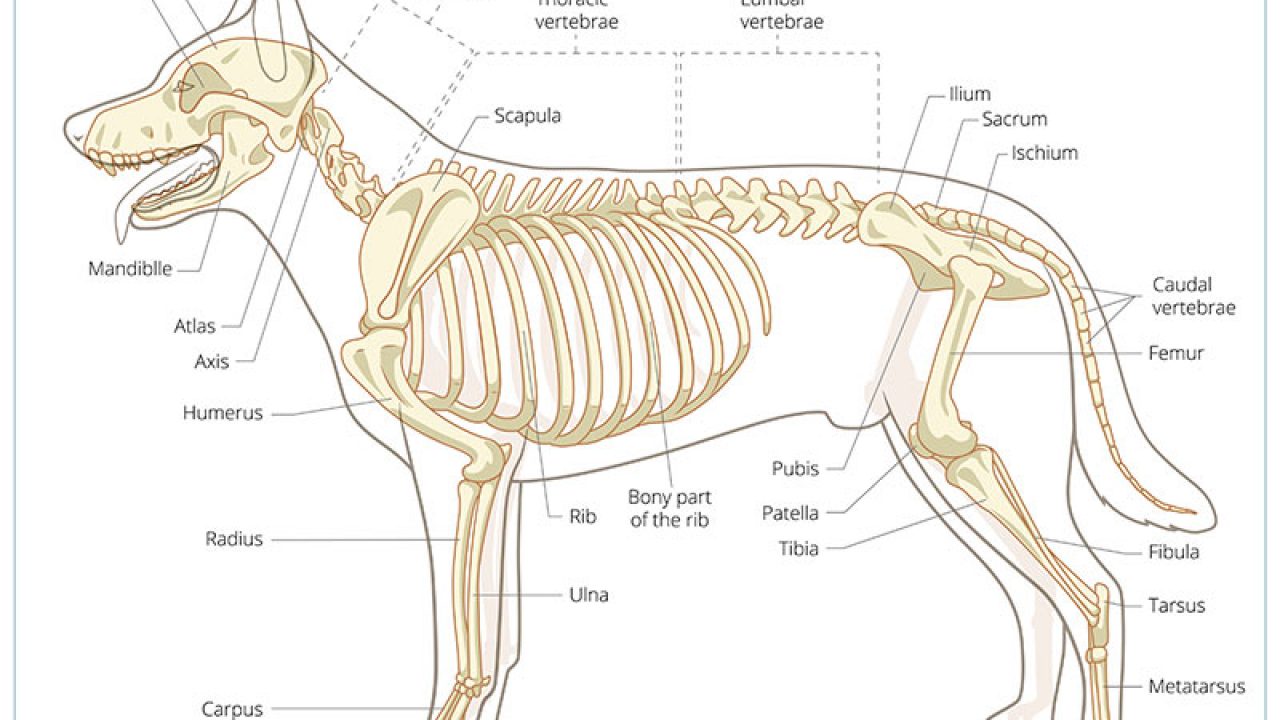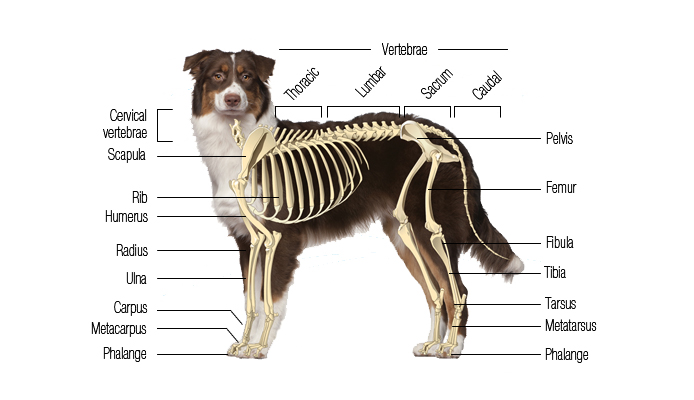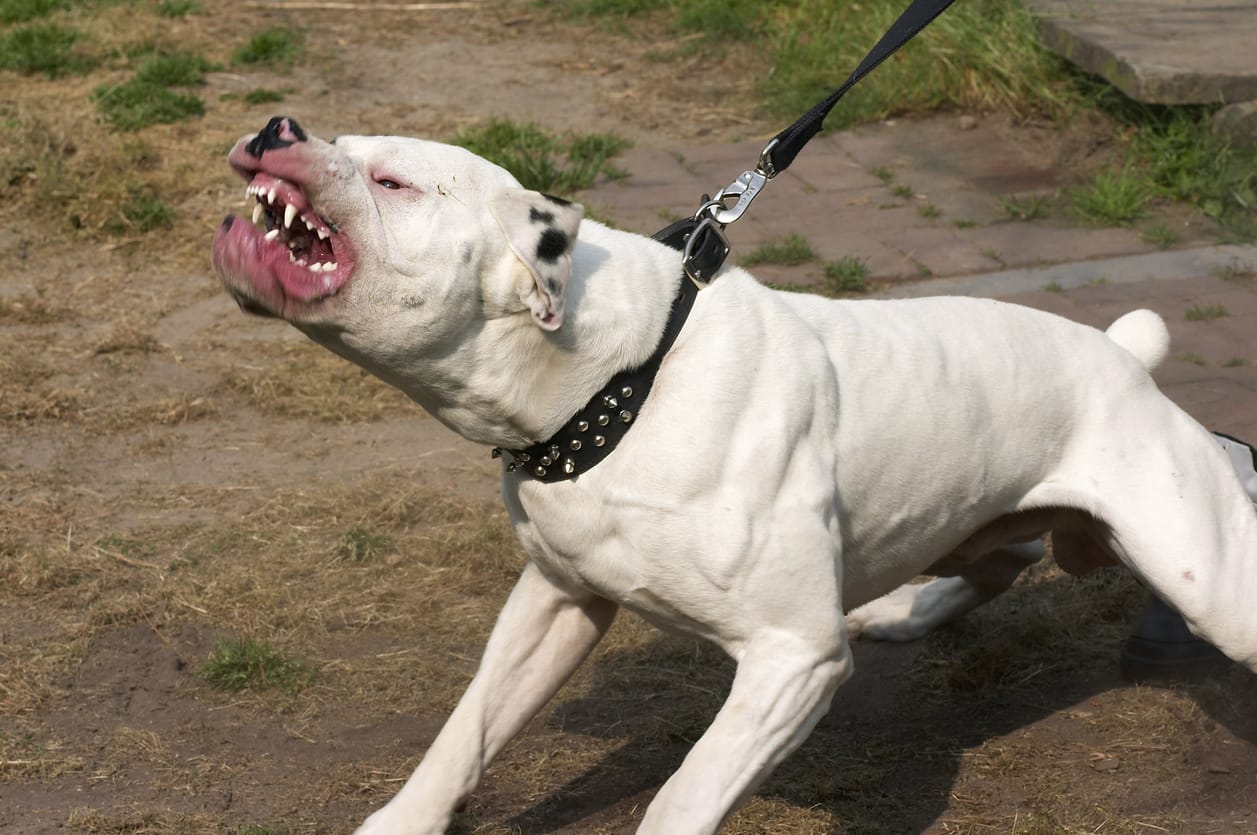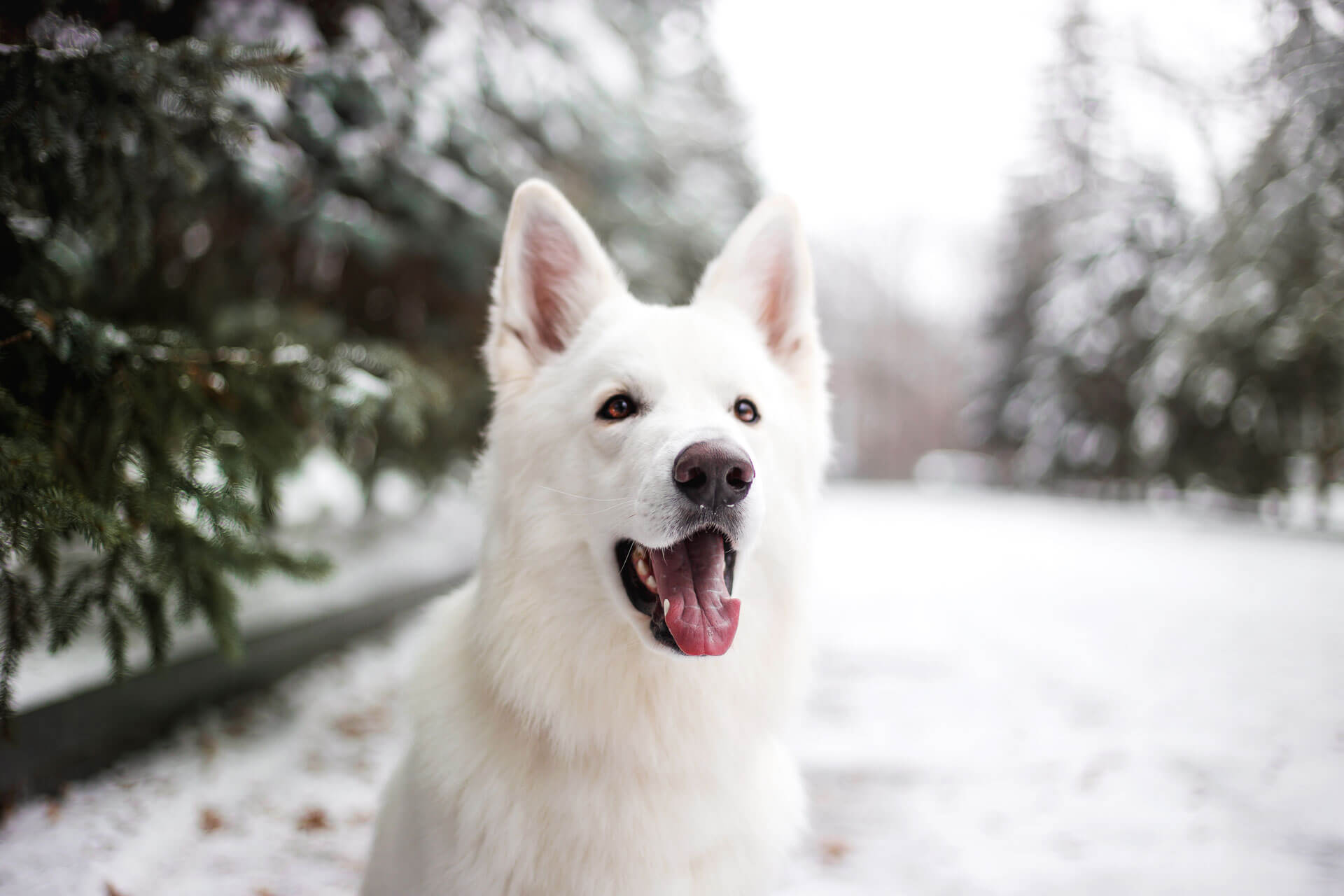Bones are mineralized hard tissue found in both humans and animals and classified according to their shapes. Dogs have a very complex bone structure, through each bone in its body plays a vital role in its health and wellbeing. Bones, both in humans and animals, comprises essential nutrients with their own nerves and blood vessels.
Like the bones in humans, the dog’s skeletal system allows movement, provides stability and other bodily functions, and protects the body’s vital organs. One of the many questions some people ask is whether humans and dogs have the same bones.
You are reading: How Many Bones Does A Dog Have?

So how many bones does a dog have?
Humans have 206 bones in their bodies, while dogs have 319 to 321, depending on their tail length. Dogs with longer tails have more bones than those with shorter tails. Another factor that may reduce the average number of bones in a dog’s body is removal, either for artificial or medical purposes. Whether you have a small dog like the Chihuahua or a large one like the Labrador, the number of bones in each of them is the same.
Understanding the Dog’s Skeletal System

The variation in the dog’s skeleton configuration and size is more significant than that of any other animal species. The dog’s skeletal structure consists of three parts-the visceral, the appendicular, and the axial. The axial part supports the body’s main parts that include the sternum, spine, ribs, head, and neck.
Read more : 12 Types Of Herding Dogs
The visceral part consists of the smaller bony body parts that include the inner ear organs, while the legs and feet make up the appendicular skeleton. Unlike the human’s skeletal structure, a dog does not have collarbones. Instead, they have a rudimentary collarbone consisting of cartilage. In addition, they have disconnected shoulder bones.
The disconnected shoulder bones and lack of a collarbone give them better running motion, increased flexibility, and more extraordinary stride lengths. Of the three parts of the skeletal structure, there are Long, Short, Flat, Sesamoid, and Irregular bones.
Long bones, located on the limbs, support the dog’s weight and allow for motion and flexibility.
Short bones provide the dog with subtle movement and stability. Their location is on the wrists and ankles.
The flat bones, located in the ribs, shoulders, pelvis, and sternum, provide the dog with the attachment of long bones and muscles. They are also vital to the skull as they offer protection by surrounding the delicate parts that include the brain, sinuses, eyes, and ears.
The location of the Sesamoid bones is freely moving body joints such as the knees and wrists. Irregular bones appear in the skull, on parts of the hip one, and in the vertebral column.
Read more : 7 Types Of Yorkie Breeds
Irregular bones are found on some parts of the hipbone, in the vertebral column, and on the skull.
Read next: What Happens If A Dog Gets Vaccinated Twice
No products found.
How Long Does It Take the Dog’s Skeletal Structure to Develop?
It takes three to eighteen months for the dog’s skeleton to reach maturity. The period it takes to reach maturity depends on the dog’s size. A large dog’s skeletal maturity may take as long as 15 to 18 months, while that of a small-sized dogs takes only a few months to reach maturity. Some dog breeds such as the basset experience skeletal dwarfism during their growing phases making their bone positioning and shaping differently from other dogs.
The Main Functions of the Bones
- Primary storage for phosphorous and calcium that are essential minerals used by the body for various functions
- Prevents damage to the internal organs by surrounding them to offer protection
- Responsible for the body’s rigid structural framework
- Home to the bone marrow, which is responsible for the formation of red blood cells and some types of white cells
Primary Skeletal Diseases in Dogs
The following are the most common skeletal disease found in dogs.
- Congenital diseases that include the following
- Panosteitis
- Hip dysplasia
- Osteochondrosis
- Hypertrophic osteodystrophy
- Multiple cartilaginous
- Osteomyelitis
- Nutritional disorders that include
- Rickets
- Chronic kidney failure
- Vitamin D deficiency
- Trauma
- Calcium and Phosphorous deficiencies
- Cancer
Read next: How Tight Should A Dog Collar Be
Wrapping It Up
Bones are extensively crucial to a dog just as they are to humans, as they are responsible for many bodily functions. There is a lot to learn about the dog’s bone structure, but we hope the above information answers the question- How many bones does a dog have?
Source: https://petstutorial.com
Category: DOGS










